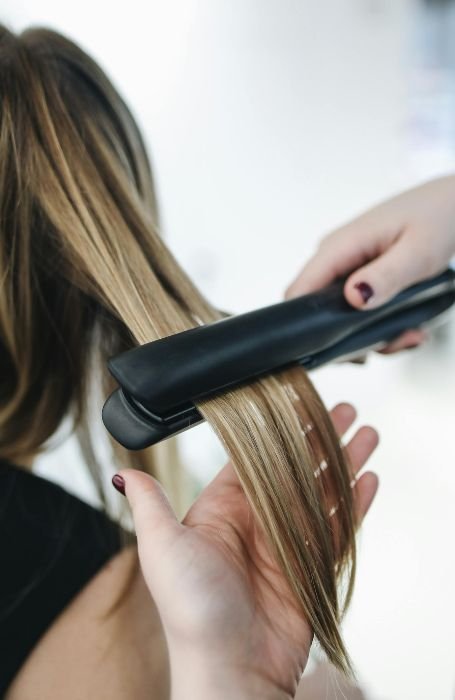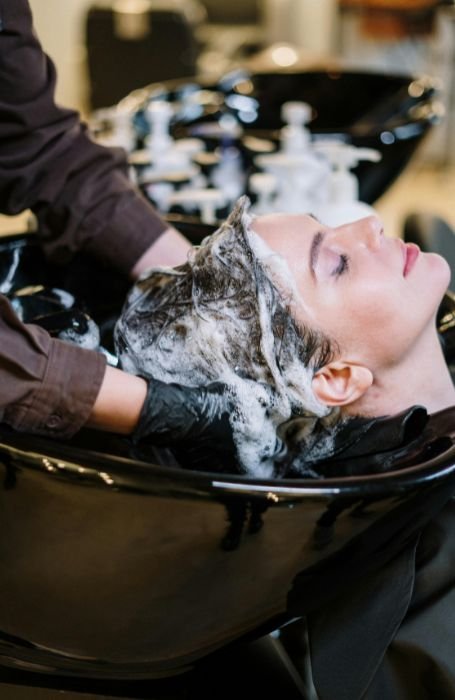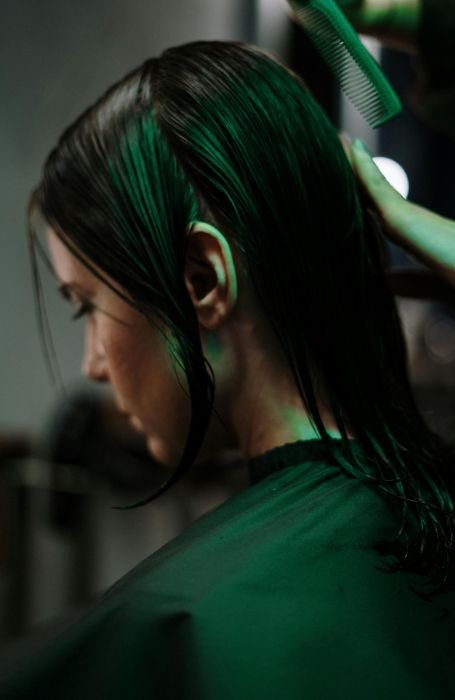Waist-Length Hair Care: Expert Tips for Healthy, Manageable Lengths
Waist-length hair care is undeniably beautiful—long, flowing locks make a statement of elegance and commitment. But maintaining this length isn’t just about letting your hair grow. It requires a consistent, thoughtful approach that prioritizes health from the scalp to the ends. From preventing hair breakage to deep conditioning for long hair, expert-backed strategies ensure your waist-length strands remain strong, hydrated, and easy to manage.
If you’ve reached this milestone length or are working toward it, consider this your complete guide to caring for long hair with intention and expertise.
Why Waist-Length Hair care Needs Special Attention
Long hair has been exposed to more washing, styling, UV exposure, and environmental stress than shorter hair. The ends are years old—making them more vulnerable to split ends, tangles, dryness, and damage. That’s why a tailored long hair care routine is essential.
Unlike short or medium-length hair, waist-length hair is more prone to tangling and uneven moisture distribution. The scalp produces natural oils, but they often don’t reach the ends of long strands. That’s where moisture balance, gentle detangling, and heat protection come into play.
Start with Scalp Health
Healthy hair starts at the roots. Prioritizing scalp health ensures optimal conditions for growth and strength.
Use sulfate-free shampoo that cleanses without stripping away natural oils. Incorporate a scalp massage during each wash to boost blood circulation and stimulate the hair follicles. This small step can enhance growth and improve product absorption.
Exfoliating your scalp once a week with a targeted treatment or scrub helps remove buildup and promote a clean foundation for long hair.
Establish a Consistent Long Hair Care Routine
A long hair care routine isn’t just about products—it’s about habits. Be consistent with washing, detangling, and moisturizing. Over washing can strip your hair of natural oils, so aim for two to three washes per week. Use a nourishing conditioner every time you shampoo and follow up with a leave-in product for extra hydration.
If your hair tends to be dry or frizzy, consider co-washing (washing with conditioner only) in between regular shampoo days. This helps retain moisture without the drying effects of harsh cleansers.

Deep Condition Weekly
When your hair reaches your waist, the ends can become especially dry and fragile. Regular deep conditioning for long hair is crucial for maintaining softness and strength.
Opt for a deep conditioner or moisturizing hair mask that contains ingredients like shea butter, avocado oil, or keratin. Apply it from mid-lengths to ends and leave it on for 10–30 minutes, depending on your hair’s needs.
For even better absorption, wrap your hair in a warm towel while the treatment sits. Doing this once a week can transform the texture and resilience of your long hair.
Detangle with Care
Waist-length hair can become a tangle trap—especially after washing or wearing it down. To avoid unnecessary breakage, detangle gently using a wide-tooth comb.
Always start from the bottom and work your way up in sections. Never yank or brush through knots aggressively, as this leads to split ends and breakage.
Detangling sprays and leave-in conditioners can offer extra slip and make this step much easier, especially for those with wavy or curly textures.
Trim Regularly
Though it may feel counterintuitive when you’re trying to grow your hair longer, trimming split ends is essential for maintaining healthy length. Split ends can travel up the hair shaft, leading to more significant damage and frizz.
Schedule trims every 8–12 weeks depending on your hair type and how prone it is to damage. Regular trims keep your ends looking fresh and prevent your strands from thinning out over time.

Protective Hairstyles Are a Must
Long hair is delicate, especially when exposed to friction from pillows, clothes, and accessories. Incorporating protective hairstyles into your routine can help reduce breakage and preserve your strands.
Styles like braids, buns, or loose ponytails can shield your hair from damage during the day or while sleeping. Use satin scrunchies instead of tight elastics, and switch to a silk pillowcase to minimize friction.
Protective styling also helps when you’re engaging in physical activities or traveling, making it easier to manage your length without frequent manipulation.
Minimize Heat Damage
Heat tools can dry out and damage long hair quickly if not used properly. If you regularly straighten, curl, or blow-dry, take extra heat styling precautions.
Always apply a heat protectant before styling. Look for products that provide thermal protection up to 400°F (200°C) or higher, depending on the tool. Keep heat exposure to a minimum—air dry when possible and use lower settings on hot tools.
Consider alternative methods like heatless curls or using a microfiber towel to speed up drying time without applying heat directly.
Nourish Your Hair from Within
Your hair’s health reflects what’s happening inside your body. A diet rich in vitamins, minerals, and protein can make a big difference in hair strength and growth. Incorporate hair growth tips like eating biotin-rich foods (eggs, nuts, and leafy greens) and staying hydrated throughout the day.
Supplements formulated for hair health can also help fill nutritional gaps, especially if your diet lacks certain nutrients. Also consult a healthcare professional before adding any supplement to your Hair Routine.

Prevent Breakage Daily
From towel drying to brushing to tying up your hair, everyday actions can cause damage. Preventing hair breakage requires mindful handling.
Instead of rubbing your hair with a towel, gently squeeze out excess water with a microfiber towel or cotton T-shirt. Avoid–brushing your hair when it’s soaking wet—this is when it’s at its weakest.
Opt for gentle hair ties and avoid hairstyles that pull tightly at the scalp, which can cause tension and stress on the hair shaft.
Tailor Products to Your Hair’s Needs
Not all long hair is the same. Your strands might be fine, thick, curly, or somewhere in between and Choose products based on your specific hair type and texture.
For dry or high-porosity hair, moisturizing hair masks and leave-in creams are ideal. For oily scalps, focus on balancing products and lightweight serums. If your hair is color-treated or frequently styled, prioritize protein-rich products and strengthening treatments.
Long hair care isn’t about using more products—it’s about using the right ones.
Final Takeaway
Waist-length hair is a beautiful achievement, but it takes patience, consistency, and care to maintain. With a focus on scalp health, deep conditioning for long hair, and mindful daily habits like wide-tooth comb usage and heat styling precautions, your hair can stay strong, shiny, and manageable at any length.
Following a tailored long hair care routine and incorporating expert-backed strategies ensures that your hair not only looks amazing but also feels healthy from root to tip. Whether you’re already rocking waist-length locks or working your way there, these tips are your guide to keeping your hair at its best.

